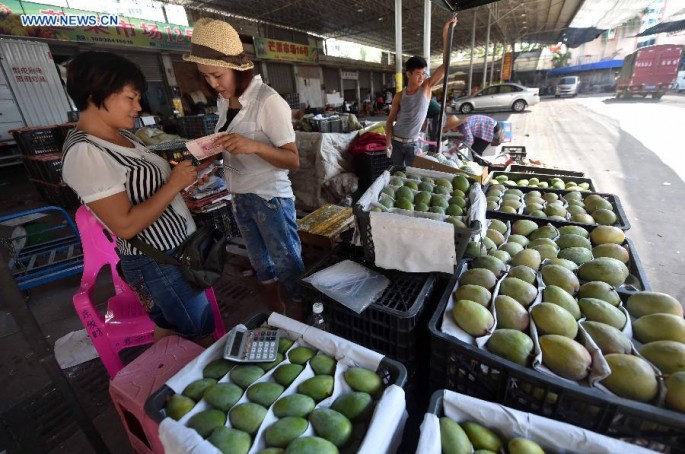Around 90 percent of the microshops or “weidian” of individual sellers on social messaging app WeChat are likely to close or transform into online-to-offline (O2O) shops over the next three to five years, the Want Daily newspaper said in a report on Wednesday.
The number of monthly active users of WeChat has reached 600 million as of the end of June, a sharp rise from 30 million users in the first quarter 2013, when the app's Friends Circle function was first implemented.
Breaking down, 60 percent of the users were women, and third-tier or smaller cities accounted for nearly 70 percent of the user base.
Unlike leading Chinese e-commerce platforms such as Taobao, sellers can directly connect with customers through Friends Circle on WeChat, making them easily reachable, the report said, adding that the weidian direct sale concept drew young people in particular.
However, the concept also attracted sales of illegal products, leading to a crackdown by authorities in 2014 that saw the loss of clients for many shops.
In response, Chen Yuxin, founder of micromerchants platform Lsxon, said that the weidian platform could be revived if it were expanded into a "communities" function.
Small shops, particularly those that offer handmade products that cannot be mass produced, can gather together in an online community where buyers could visit and shop, said Chen, adding that it is a concept that is more aligned with the functions of social platforms like WeChat and Weibo.
Large online retailers have also thrown their hats in the microshop platform. In 2014, JD.com unveiled its Jingdong Weidian store, while Taobao opened Taoxiaopu to expand into physical offline stores, the report said.



























